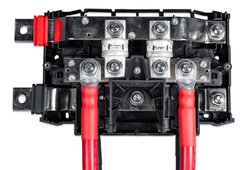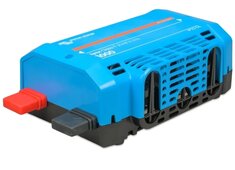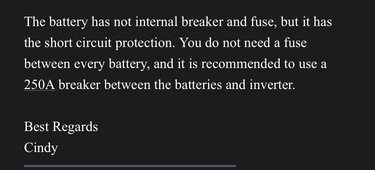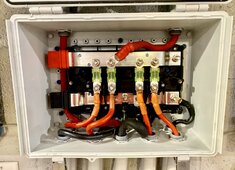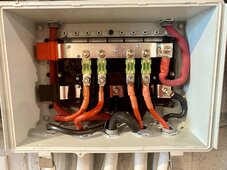Lighthouse Beacon
Following the Light
I doubt it. Everyone’s using the T Class holders. I’m not rebuilding to 2 t class holders on each of my back feeds right now. To hell with that! That’s 500+ fuse setup I hope you guys got the money and stones to build all that out but I’m kind of over working on this sucker https://diysolarforum.com/threads/t...-powerpro-batteries-and-the-serer-rack.68282/I'm fixing to install victron lynx bus bars that use the mega fuses. I want to put class T fuses in it. Does anyone know if they will fit into the lynx bus bar or not?
Last edited:



